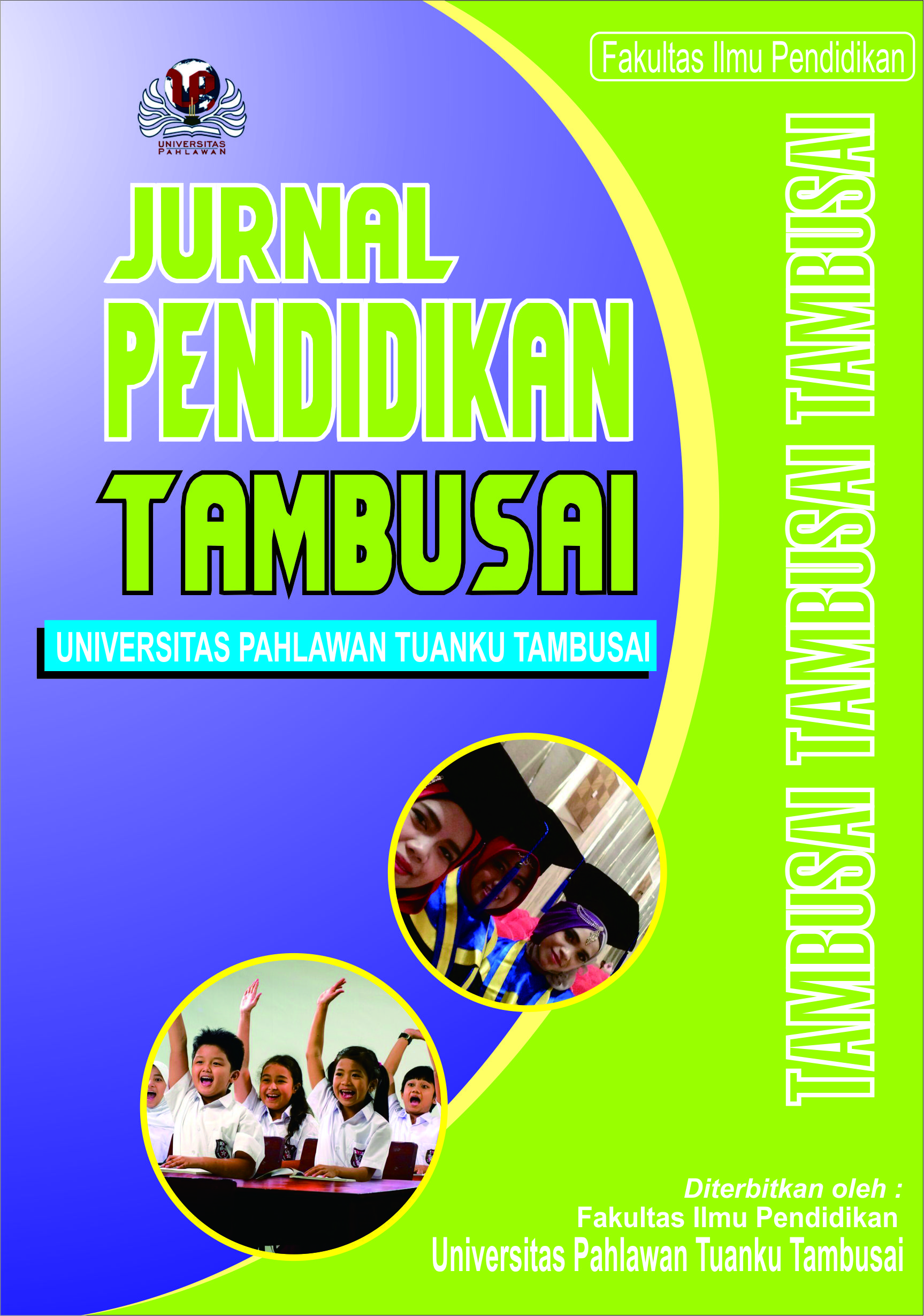Pengaruh Emosional dan Rasional Influencer Brand Post
DOI:
https://doi.org/10.31004/jptam.v8i1.14659Keywords:
Influencer Post (Emotional Branding dan Rational Branding), E-Wom, Purchase IntentionAbstract
References
Ahmadi, A., Taghipour, A., Fetscherin, M., & Ieamsom, S. (2023). Analyzing the influence of celebrities’ emotional and rational brand posts. Spanish Journal of Marketing - ESIC. https://doi.org/10.1108/SJME-12-2021-0238
Behboudi, M., Vazifehdoust, H., Najafi, K., & Najafi, M. (2014). Using rational and emotional appeals in online advertisements for Muslim customers. Journal of Islamic Marketing, 5(1), 97–124. https://doi.org/10.1108/JIMA-07-2012-0039
Benchmark report 2023, The State of Influencer Marketing Benchmark Report 2023 (influencermarketinghub.com)
Hair, Joe F., dkk (2019). Essential of Business Research Methods (Fourth Edition).
Oxon: Routledge.
Lin, L.Y. (2011), “The impact of advertising appeals and advertising spokespersons on advertising attitudes and purchase intentions”, African Journal of Business Management, Vol. 5 No. 21, pp. 8446-8457
Sekaran, U. dan Bougie, R. (2016) Metode Penelitian untuk Bisnis: Pendekatan Pengembangan Keterampilan. Edisi ke-7, Wiley & Sons, West Sussex.
Statista (2022), “Influencer marketing market size worldwide from 2016 to 2022”, available at: www.statista.com/statistics/ 1092819/global-influencer- market-size/ (accessed 10 August 2022).
Steinhoff, L., Arli, D., Weaven, S. and Kozlenkova, I.V. (2019), “Online relationship marketing”, Journal of the Academy of Marketing Science, Vol. 47 No. 3, pp. 369-393.
Suci Dwi Rahmawati (2021) “Pengaruh Media Sosial Seorang Influencer Dalam Meningkatkan Penjualan Melalui E-Commerce” http://proceeding.iainkudus.ac.id/index.php/NCOINS/article/view/58
Tseng, T. H., & Wang, H.-Y. (2023). Consumer attitudes and purchase intentions towards internet celebrity self-brands: an integrated view of congruence, brand authenticity and internet celebrity involvement. Journal of Product & Brand Management. https://doi.org/10.1108/JPBM-03-2022-3892
Downloads
Published
How to Cite
Issue
Section
Citation Check
License
Copyright (c) 2024 Sofiya

This work is licensed under a Creative Commons Attribution-ShareAlike 4.0 International License.
Authors who publish with this journal agree to the following terms:
- Authors retain copyright and grant the journal right of first publication with the work simultaneously licensed under a Creative Commons Attribution License that allows others to share the work with an acknowledgement of the work’s authorship and initial publication in this journal.
- Authors are able to enter into separate, additional contractual arrangements for the non-exclusive distribution of the journal’s published version of the work (e.g., post it to an institutional repository or publish it in a book), with an acknowledgement of its initial publication in this journal.
- Authors are permitted and encouraged to post their work online (e.g., in institutional repositories or on their website) prior to and during the submission process, as it can lead to productive exchanges, as well as earlier and greater citation of published work (See The Effect of Open Access).



